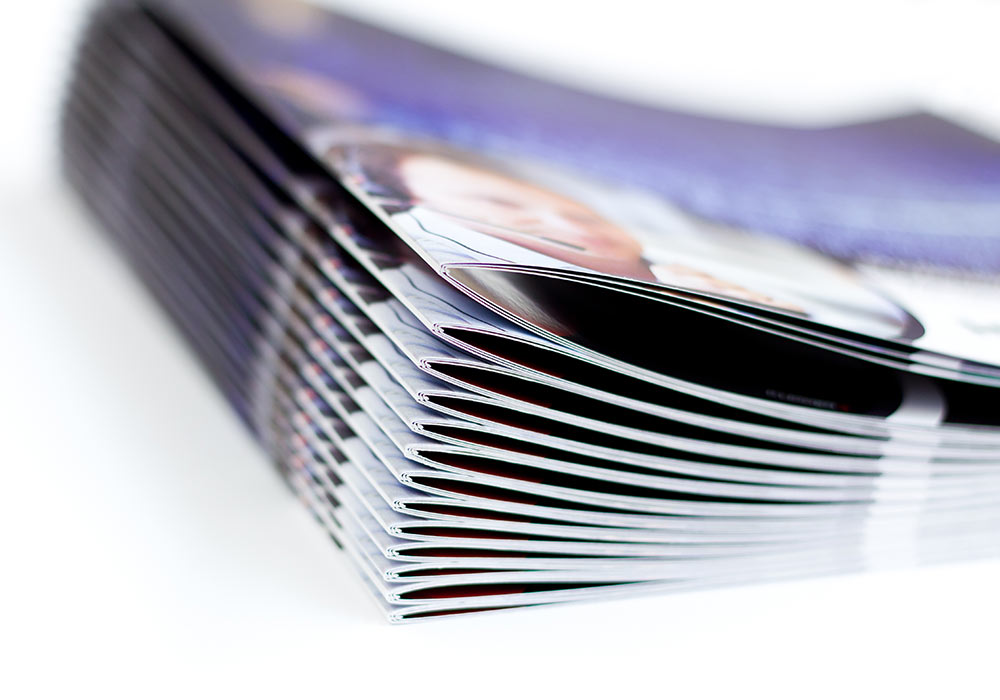
In-line or Off-line? The Great Debate

Well, maybe not a “great” debate but it’s certainly worthy of discussion. Yes, there are indeed occasions where in-line does make sense but a rock-solid case can be made for the majority of digital print installs where it absolutely can be shown that, long term, off-line booklet production is possibly a better option. A little bit of math will prove this to be true. Shown below is a pro and con breakdown for each method.
In-line
Pros
- Labor savings.
- Booklet integrity.
Cons
- Lower quality, less robust equipment.
- Narrower spec range such as booklet thickness, etc. No latitude to do custom sizes, inserts, etc.
- Often does not provide the occasionally needed head and foot trims. Usually face trim only.
- Booklet maker can on occasion slow down the print engine. Speeds can be out of sync.
- 8.5”x5.5” booklets? Not uncommon. That means printing on an 8.5”x11” sheet rather than two-up on a 12”x18” which almost always means two click charges versus just one.
- When your booklet-maker is down, chances are your print engine is too and vice-versa. One down, both down.
- More often than not, the booklet maker is being tossed every five years along with the engine. That’s a waste of money.
- In-line booklet-makers generally mean further service contract costs.
- Mixed media? Perhaps you want to mix digital output with a cover from a different source, perhaps one that’s been embellished or maybe it’s straight b/w output from a less expensive source being mixed with full-color digital output or a full color cover. Can’t do it with in-line.
- In summary…considerably higher costs with greater constraints.
Off-line
Pros
- Higher quality, more robust equipment. Generally better quality output.
- A complete and full range of specs are available to you! No constraints.
- Three-side trimming can be accomplished on most every system!
- No speed conflicts between a connected printer and booklet maker. This allows max production speeds on both units.
- No issues when running different or smaller size booklets in regards to print clicks.
- Built better and intended for a longer life! No reason to not expect 15+ years out of an off-line solution which equals the life of approximately three print engines. Considering this solution can sometimes support the output of two print engines, the case can be made that it could possibly equal the life of up to six print engines! In other words…..quit throwing out your booklet maker every five years! It’s a waste of money!
- Far more flexibility! Insert envelopes? Run offset work as well as digital? Two-up work with four stitch heads? Loop stitching? Insert loose sheets? Covers with gates/wings? All things that can potentially be done on many off-line systems but NEVER on an in-line system
- Monthly maintenance fees? There are no required contracts for off-line solutions! While a maintenance agreement can be had if desired, the vast majority of these systems are not under any sort of contract.
- With a cover feeder, you can now combine work from two different sources. This option does not exist with in-line systems.
Cons
- A second step which equals more labor.
- Initial cost outlay is likely to be higher but long term, off-line almost always proves itself to be the better option for your bottom line.
And there you have it. A short and simple explanation as to why an increasing number of printers are going off-line for their booklet work. In the majority of cases, off-line is the better long-term solution.

